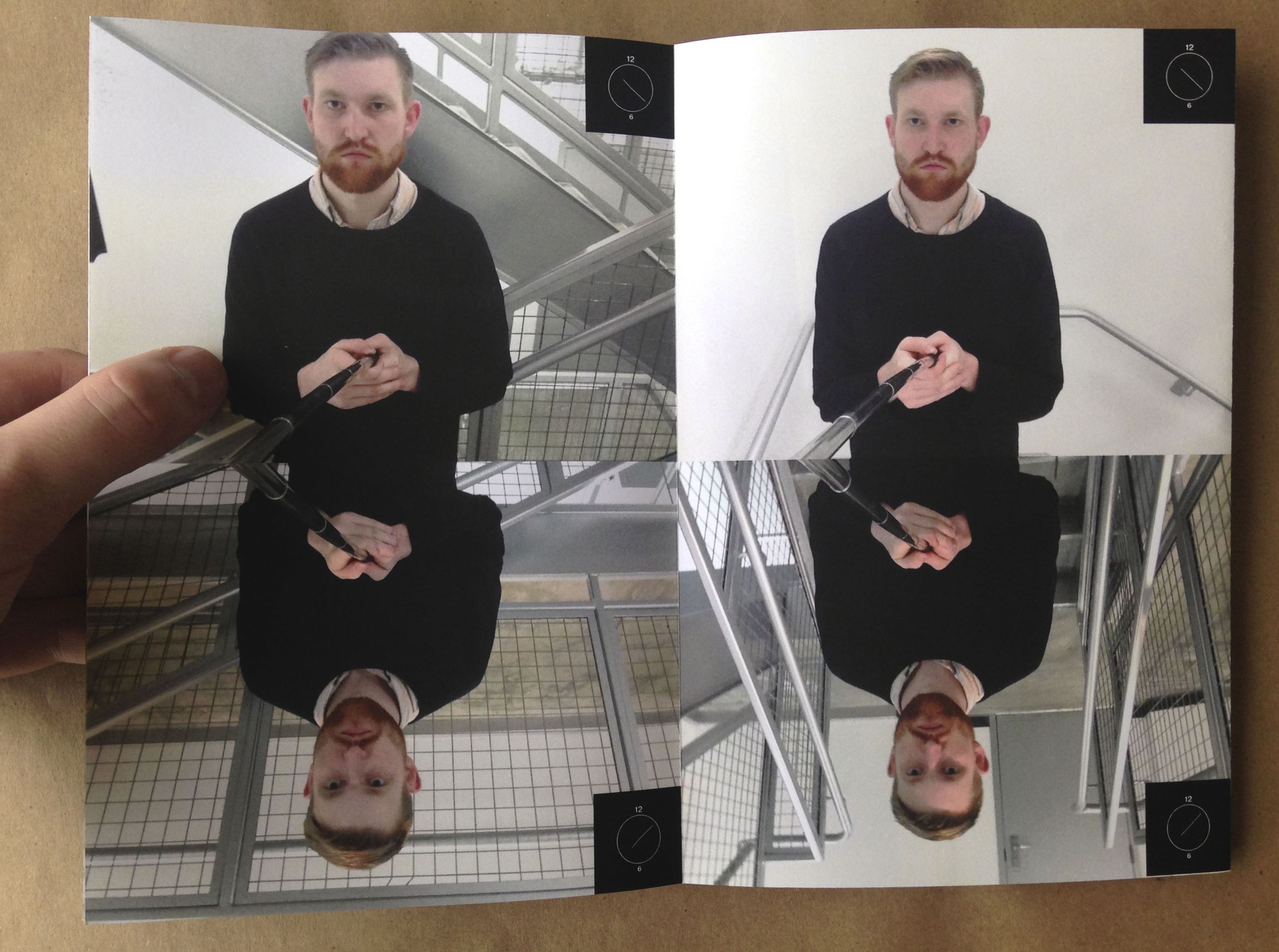In Las Meninas, a painting by Diego Velázquez, a scene is set up that draws the viewer in compositionally and spatially. The characters within the painting, including Velázquez himself, appear to be staring at the viewer, but in fact they are staring at what Velázquez is painting, which is the King and the Queen of Spain. This becomes apparent through the mirror in the back of the painting which displays the reflection of the two. This reflection becomes evidence or visual residue of what the viewer is missing and also the spatial relationships being created. I noticed a similar effect occurring through a recent tool that assists in taking self portraits called selfie sticks. Selfie sticks allow for a person to extend the viewpoint of a photo and gain a more inhuman perspective. Because it is often difficult for the photographer to hide the stick itself within the image, the visible stick, much like the mirror in Las Meninas, becomes visible residue indicating that there is more to the scene than what is visible in the photograph. I began experimenting with using a selfie stick as a tool within my work, in order to gain an unnatural viewpoint and also to create spatial relationships between myself, the camera and my surroundings. I created an accordion-fold book that documents myself entering my studio in the morning and exiting at night. For each set of day and night photos, I took a selfie in the same location but for the night photo I turned around so I was facing the opposite direction. I also mirrored the night photos which allowed the selfie sticks to line up and enhance the inhuman perspective created. As the book advances the photo sets become more surreal as the background changes but I appear in the same position throughout.
Diego Velázquez, Las Meninas 1656

Found selfie stick photo

Selected images from book












